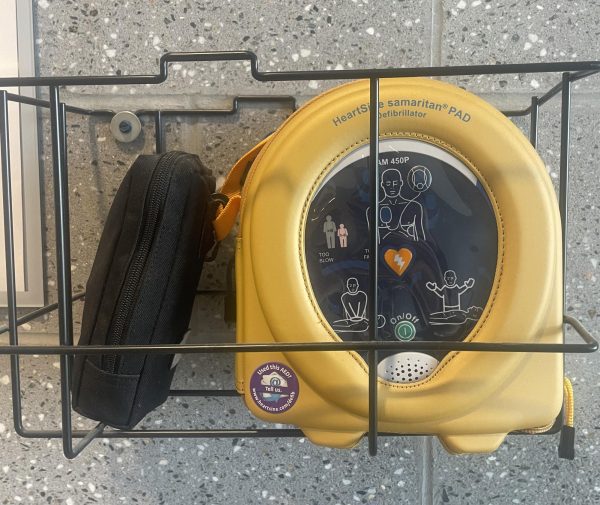Wadsworth YMCA Offers Lifeguard Certification over Spring Break
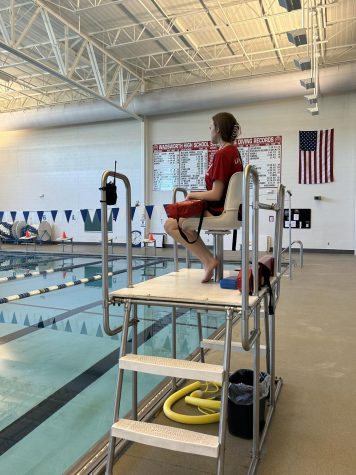
The Wadsworth YMCA holds American Red Cross lifeguard certification classes five to six times every year. These classes provide many students with the lessons and experience needed to become qualified lifeguards. Lifeguarding is a popular part-time job for high school and college students, especially over the summer. This upcoming class, which takes place over spring break, is a great opportunity for those interested in guarding this upcoming summer.
Each certification class offers up to 20 participants who are a minimum of 15 years old. These participants will be required to complete an online video course, a pretest, in-person training, and a final test in order to successfully become certified.
The online portion of the course is expected to be completed before the start of the in-person training. This includes seven hours of lessons, examples, and the basics of lifeguarding. Once completed, participants will begin the four days of in-person lessons. These lessons teach the participants the necessary routines and skills of being a lifeguard on duty. It equips them with the abilities and knowledge on preventing, recognizing and responding to aquatic emergencies, breathing and cardiac emergencies, injuries, and sudden illnesses until emergency medical personnel are able to take over.
This pretest is the first thing that individuals will have to complete, following the online lessons. This test assesses basic swimming skills and comfortability in the water to determine whether or not the individual has potential to be a successful lifeguard. If the pretest is not passed, that individual will not be permitted to continue the course.
The pretest requires three physical tests. The first one is to swim a minimum of 300 yards without stopping, however this is not timed. Participants will be required to swim the breaststroke and the freestyle throughout this swim. They also need to tread water for two minutes without using their arms. The last part requires the participants to swim a full length of the pool as fast as possible within one minute and 40 seconds. During this, individuals will retrieve a ten pound brick from the bottom of the deep end of the pool and bring it back to the shallow, using only their legs to kick. If each of these three things are done successfully, they are qualified to continue the course.
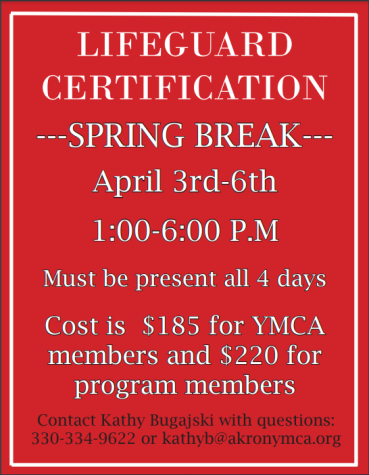
The course then consists of lessons that teach the participants the necessary routines and skills of being a lifeguard on duty. It equips them with the abilities and knowledge on preventing, recognizing and responding to aquatic emergencies, breathing and cardiac emergencies, injuries, and sudden illnesses until emergency medical personnel are able to take over. Participants will perform water rescues and learn how to properly perform CPR and first aid skills over the next few days.
The final test following the training services will take place on the last day. The first part is situational testing, where there will be a victim in the water and the trainee will be required to decide how they will save them, bring them out of the water, and provide care. There will also be a written portion of the exam, where participants will need to know the fundamentals and expectations of lifeguarding.
Emily Hanson, freshman at WHS, completed the course over Christmas break last year. She believes that the class is very manageable and enjoyable. “I would say the difficulty level is overall a 6/10,” said Hanson, “My favorite part was learning all the different moves you can do to get people out of the water.”
Bugajski does not believe that personnel need to have substantial or competitive swimming experience. However, “what they need to do is be comfortable in the water and have strong enough skills that they know that they can swim the length of the pool comfortably,” said Bugaski, “They should also consider themselves to be safety conscious and want to make sure that the people around them are safe.”
Currently, the YMCA is hiring swim instructors– which do not require lifeguard certification, as well as summer lifeguards. However, a certification from the YMCA is transferable to any organization. The Y is a common and fun place for students to work and form friendships with one another. If interested in participating in this upcoming lifeguard training program, contact Kathy Bugajski at [email protected].
Your donation will support the student journalists of Wadsworth High School. Your contribution will allow us to purchase equipment and cover our annual website hosting costs.

![Wadsworth High Hosts 2024 Commencement Ceremony [Photo and Video Gallery]](https://wadsworthbruin.com/wp-content/uploads/2024/05/IMG_3914-e1716990261188-1200x741.jpg)



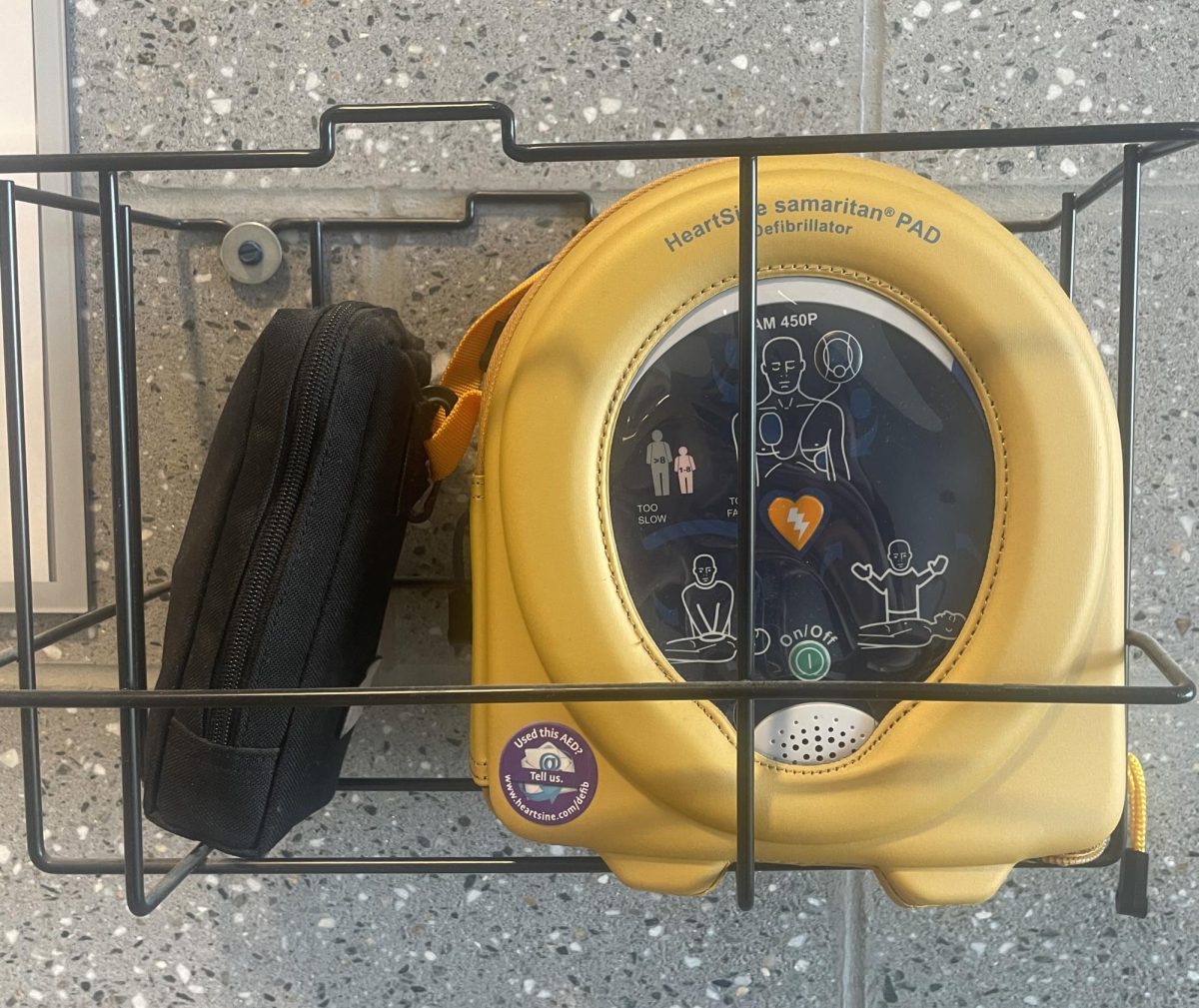











![Wadsworth High Celebrates Prom 2024 [Photo Gallery]](https://wadsworthbruin.com/wp-content/uploads/2024/05/IMG_2372-1200x800.jpg)







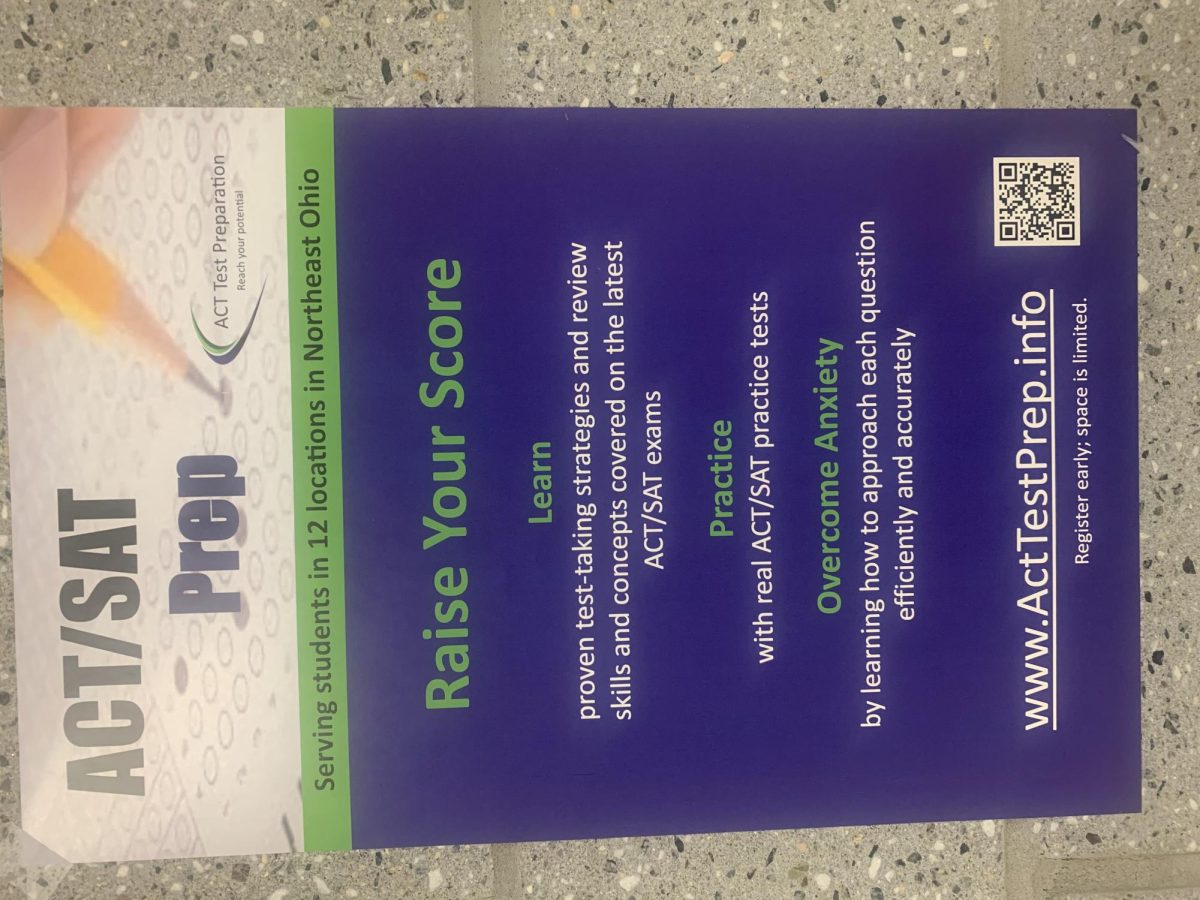

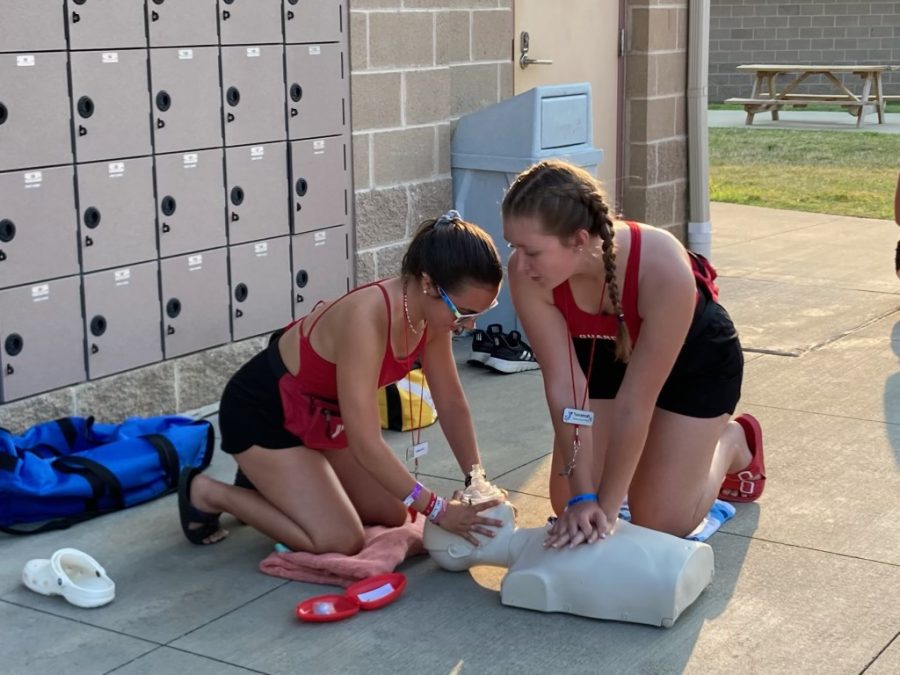
![Wadsworth High Hosts 2024 Commencement Ceremony [Photo and Video Gallery]](https://wadsworthbruin.com/wp-content/uploads/2024/05/IMG_3914-e1716990261188-600x371.jpg)



